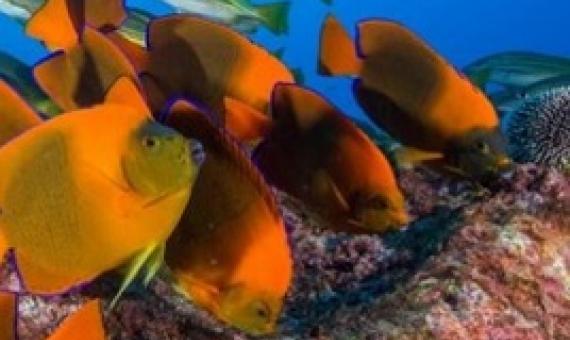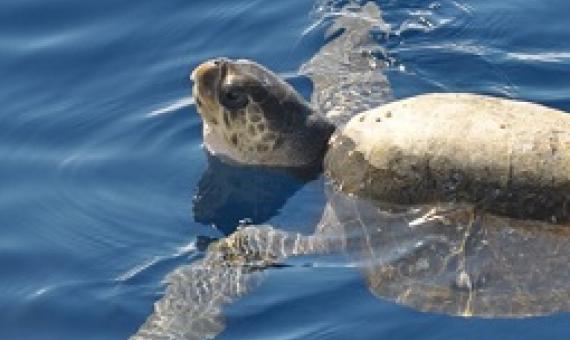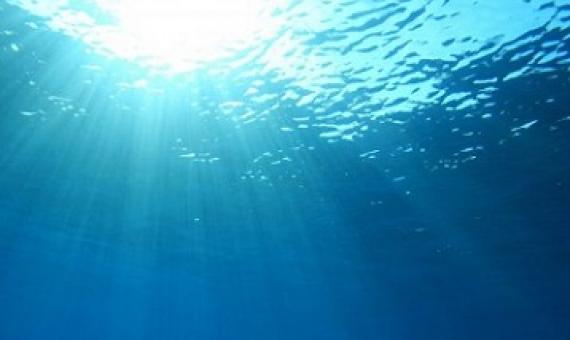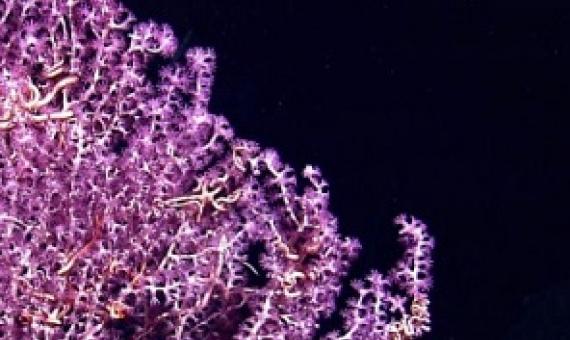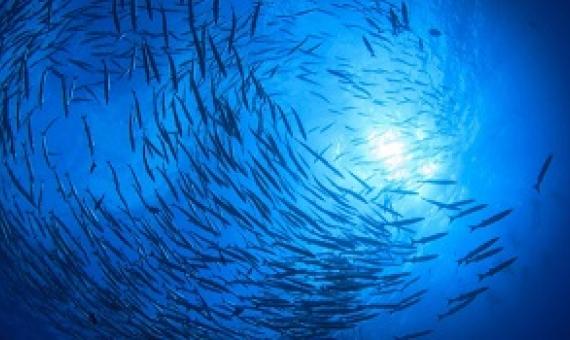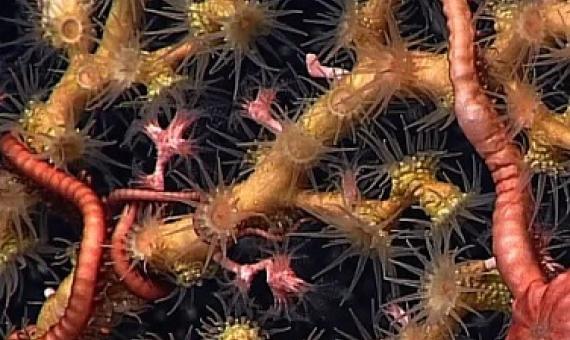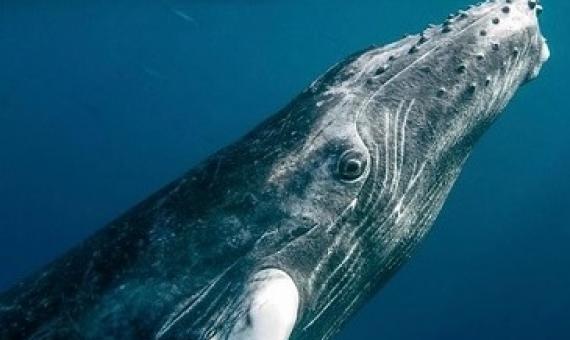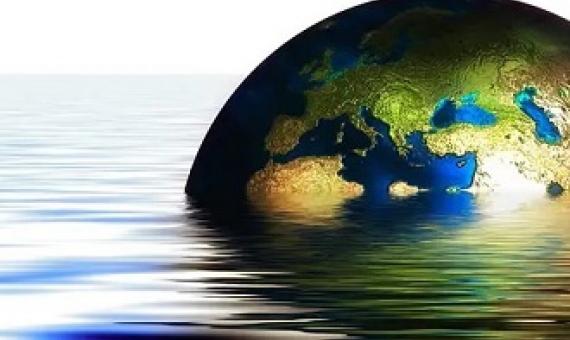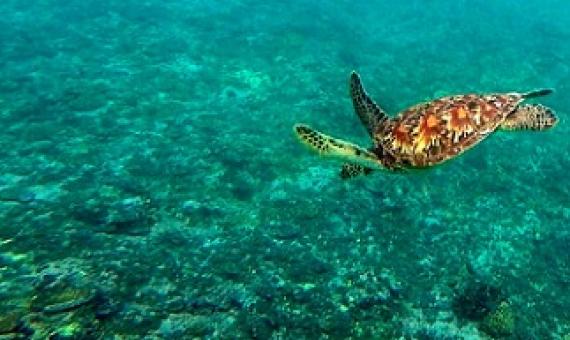This webinar builds on a paper published in April, 2020, in Nature (Duarte et al., 2020) to discuss solutions for rebuilding marine life. Sustainable Development Goal N°14 aims to "conserve and sustainably use the oceans, seas and marine resources".
Unwanted networks: Vessel traffic heightens the risk of invasions in marine protected areas
Invasive species pose a significant threat to a primary objective of marine conservation, protecting native biodiversity. To-date, research quantifying invasion risk to marine protected areas (MPAs) is limited despite potential negative consequences. As a first step towards identifying invasion risk to MPAs via vessel ballast or biofouling, we evaluated vessel traffic patterns by applying graph-theoretic concepts for 1346 vessels that connected invaded areas (‘invasion nodes’) along the Northeast Pacific coast to MPAs within Canadian waters in 2016.
Most of us have never been to the world’s immense last wilderness and never will. It’s beyond the horizon and often past the limits of our imaginations.
Here we document the recovery of marine populations, habitats and ecosystems following past conservation interventions.
Beyond the horizon, more than 200 nautical miles from shore, lies an area of the ocean known as the high seas. These waters, beyond the jurisdiction of any nation, make up roughly two-thirds of the ocean and cover nearly half of the planet’s surface.
Often considered desolate, remote, unalterable places, the high seas are, in fact, hotbeds of activity for both people and wildlife.
Sir David Attenborough has urged governments to ban deep sea mining, following a study warning of “potentially disastrous” risks to the ocean’s life-support systems if it goes ahead.
The UN has postponed deadlocked talks on a global treaty to protect marine biodiversity in the high seas because of the coronavirus, giving countries extra time to seek compromise. Governments had been due to agree a global treaty in April to safeguard life in seas beyond the national jurisd
The issue of global biodiversity loss is so intense in the present era that it cannot be ignored as according to the reports of Intergovernmental Science-Policy Platform on Biodiversity and Ecosystem Services (IPBES), due to human actions an average of around 25 percent of species in assessed ani
At least 26 percent of our oceans need urgent conservation attention to preserve Earth’s marine biodiversity, a University of Queensland-led international study has found. Dr.

